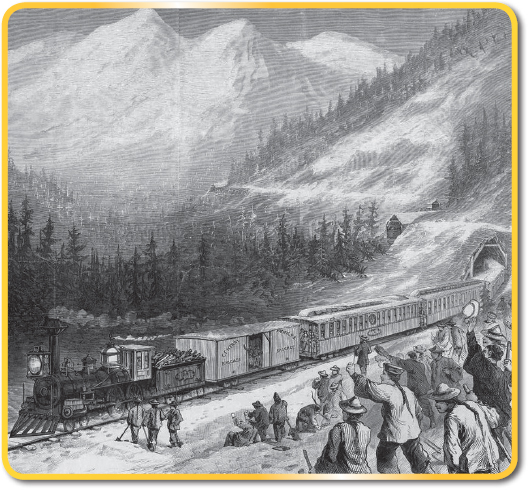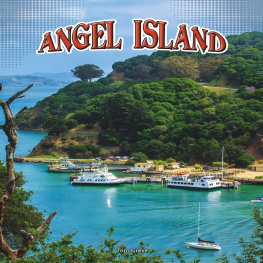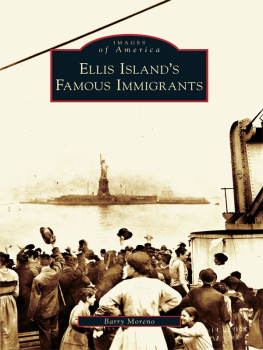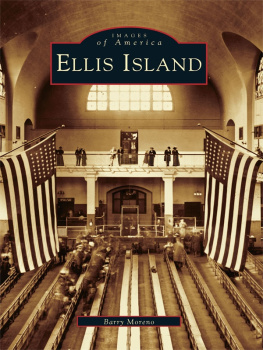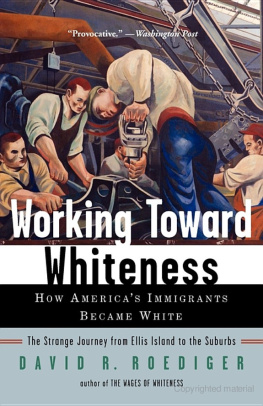Table of Contents
Guide
ABOUT THE AUTHOR
Tom Greve lives in Chicago. He is married, has two children, and enjoys reading and writing about U.S. history and geography. San Francisco, the city nearest Angel Island, is among his favorite places to visit in the United States.


Meet The Author!
www.meetREMauthors.com
Chapter 1
PEOPLE AND PLACES
When Americans sing the National Anthem, we hail our country as the land of the free and the home of the brave.
Brave people from all over the world have been coming to the United States seeking freedom and opportunity throughout the nations history. Some places in the U.S. have become symbols of that bravery.
The First Americans
Nearly every historic site in the United States sits on land first inhabited by Native Americans. While U.S. History reaches back hundreds of years, Native Americans were living there long before that.


Like giant beacons, New Yorks Statue of Liberty and the massive presidential carvings at South Dakotas Mount Rushmore celebrate the United States while also preserving its history. They are two of the most recognized symbols of freedom.
Californias Angel Island is a place where many people came from other countries, seeking freedom and opportunity. It sits near the mouth of Californias San Francisco Bay.
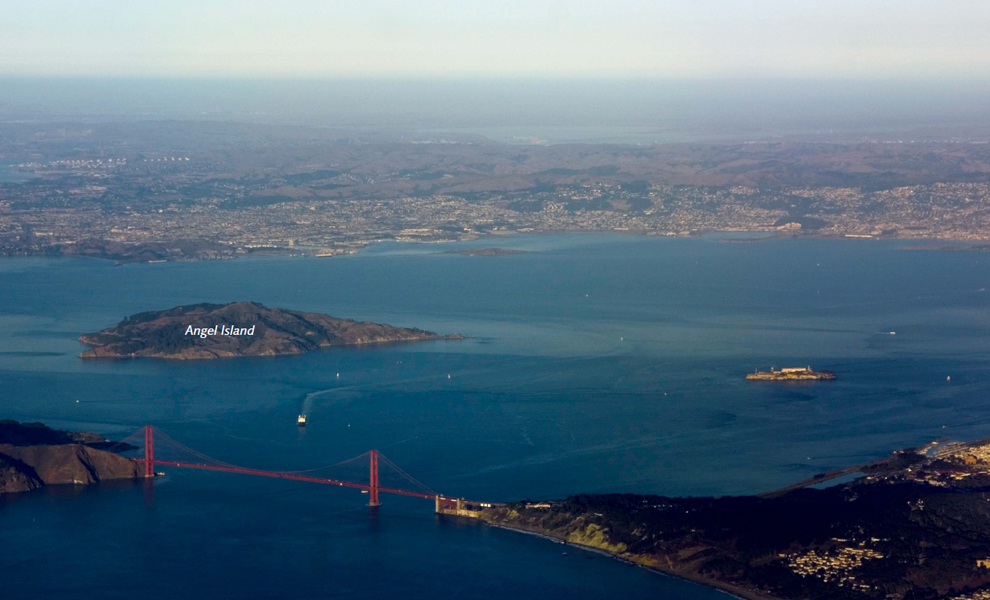
Despite covering just 1.2 square miles (3.1 square kilometers), Angel Islands location near the Pacific Ocean has made it a valuable piece of land since before California even became a state in 1850.
Its role in the countrys history is unique. Angel Island is where the hopes and dreams of thousands of people who came to America to find a better life were put on hold.
Chapter 2
WHERE ARE YOU FROM?
The history of nearly every persons family in the United States started in another place, or country. This makes the U.S. a nation of .

Since the United States began as part of Great Britain, the nations early history, and its first large waves of immigrants, came across the Atlantic Ocean on ships from Western Europe.
to the U.S. throughout its history, and they are still doing it today.
Americas Front Door

Starting in the late 1800s, millions of U.S. immigrants arrived at Ellis Island, near New York City, to gain entry into the country. The Island, which is next to the Statue of Liberty, served as a welcome sign for immigrants trying to start a new life in the United States.
Chapter 3
PURSUING AN AMERICAN DREAM
There is almost no limit to the reasons why people immigrate to another country. In the late 1800s and early 1900s, millions of European immigrants poured into the U.S. seeking a better life than what they had in their old country.
Freedom Fact!
The first massive wave of immigrants coming to America came at least partly to find jobs. New factories in the U.S. needed workers, and many immigrants took a chance that they could find better jobs in the United States. Historians call this period the .

Factories like the McFadden Coffee & Spice Company, located in Iowa, hired many immigrants.
Also during this same time, many immigrants from East Asia, on the other side of the world, began coming to the U.S. across the Pacific Ocean.

The same hope of opportunity bringing Europeans to the United States soon brought immigrants from the other side of the world in China. Chinese immigrants crossed the Pacific Ocean rather than the Atlantic and arrived in California.
Angel Island and the Civil War

Despite the fact that most of the fighting in the American Civil War (1861-1865) took place in the eastern half of the country, thousands of miles from California, Angel Island became a Union military base during the War. Camp Reynolds, built on the Island in 1863, became a key part of the Unions defense against Confederate ships trying to enter San Francisco Bay.
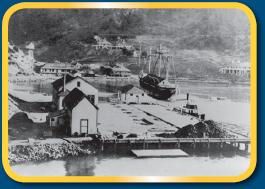
Angel Island got its name from Spanish Explorer Juan de Ayala. In 1775 he became the first European to set foot on the Island and called it The Island of the Angels. The beach where he came ashore remains Ayala Cove to this very day.
By 1905, with immigrants still pouring through Ellis Island back east, the U.S. government opened a second immigration station to process the thousands of Chinese immigrants arriving on the West Coast in California.
Its location and history as a military fort made Angel Island an easy choice to serve as the West Coasts version of Ellis Island. But many of the Chinese immigrants arriving at Angel Island got a much different reception than the immigrants who arrived at Ellis Island.
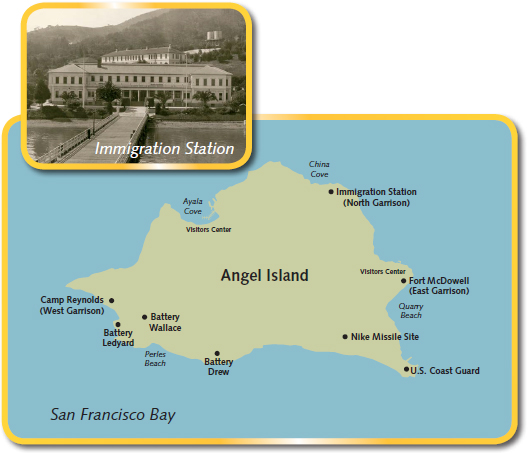
Angel Islands Immigration Station Building sat along the northeastern shore of the Island, near the waters of China Cove.
Chapter 4
AFTER THE GOLD RUSH
The history of Chinese immigrants and their experiences at Angel Island has its roots in the California Gold Rush of the late 1840s. Word spread around the world quickly after the 1848 discovery of gold near Coloma, California. Hundreds of thousands of people came not just from the U.S., but from around the world, seeking fortune as gold prospectors.
Gold!
The biggest number of California gold-seekers arrived in 1849. To this day, San Franciscos football team name, the 49ers, refers to the Gold Rush. So does Californias official nickname, The Golden State. Even the Golden Gate Bridge, a symbol of freedom in its own right, is a reference to the California Gold Rush.

in the 1870s suddenly made jobs hard to find in the U.S. and especially in California where so many people had settled after the Gold Rush. Many Chinese immigrants started working as track-layers for the railroads which were expanding into California.
